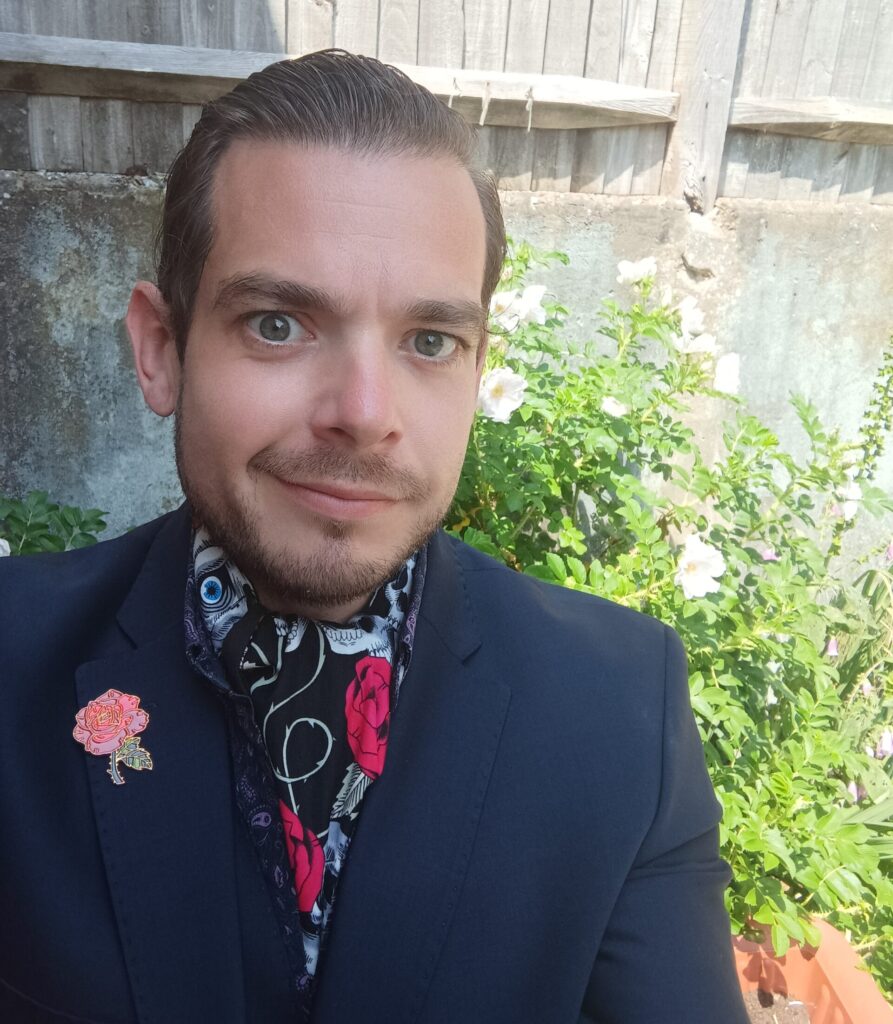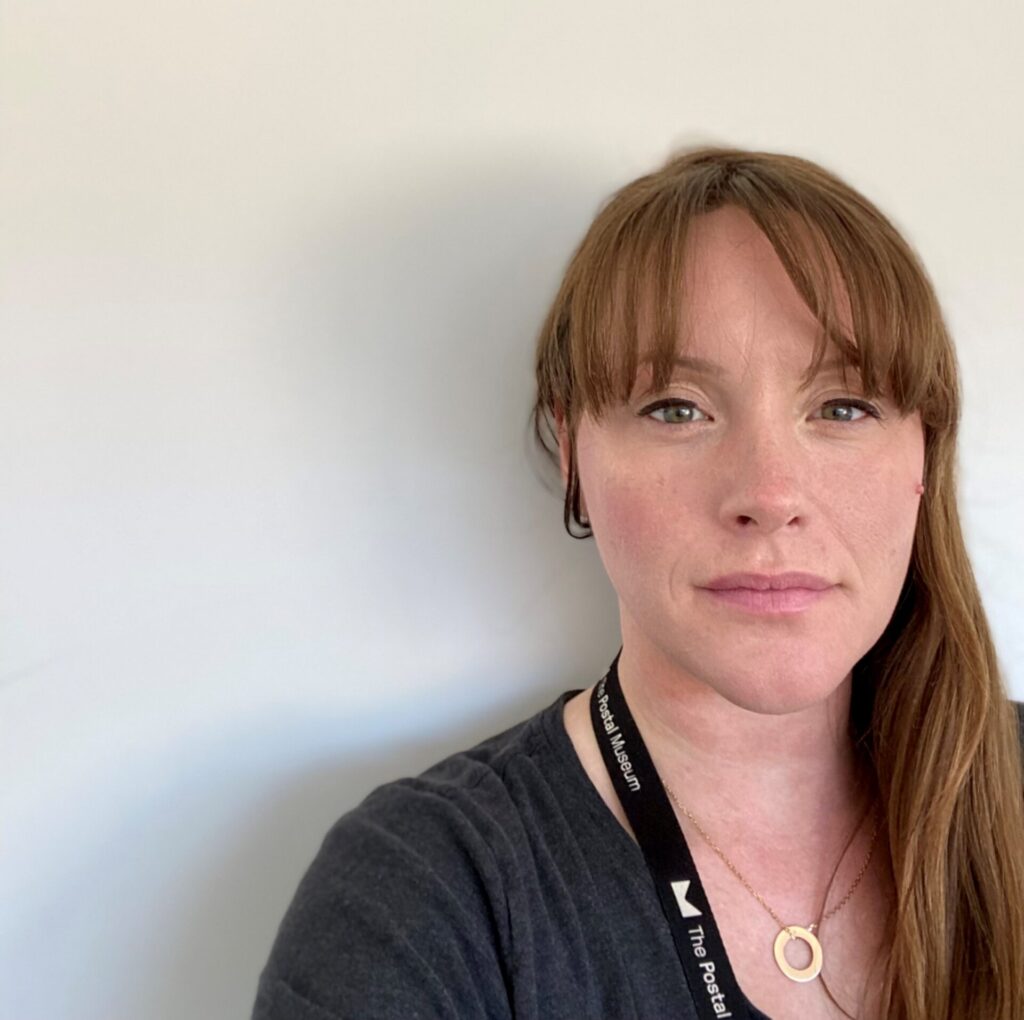Enjoy this article?
Most Museums Journal content is only available to members. Join the MA to get full access to the latest thinking and trends from across the sector, case studies and best practice advice.

Disabled people represent only 4% of the museum workforce, despite making up about 24% of the overall UK population. Although many initiatives and strategies have been launched over the years to address this under-representation, it remains stubbornly unchanged.
According to many disabled museum professionals, one of the biggest issues is that cultural institutions often fall at the first hurdle: recruitment. Like every employer, museums have a legal obligation under the Equality Act to ensure that the roles they offer are accessible to disabled people.
But even when an institution thinks it is doing the right thing, in practice, accessibility is often barely more than a box-ticking exercise that does little to remove genuine barriers. Organisations may then find they attract few disabled applicants – but don’t stop to question why.
From job adverts and interviews to onboarding, disabled people are excluded throughout the recruitment process: role descriptions stipulate unnecessary requirements, while application portals accept documents only in a certain format.
Postgraduate qualifications are still sought for many museum roles, even though D/deaf, disabled and neurodivergent candidates may often have a non-linear educational pathway.
However, new practice is emerging on inclusive recruitment. Last year Accentuate, a charity that promotes the talents of D/deaf and disabled people in the cultural sector, launched Curating for Change – a programme designed to provide paid work placements for 16 D/deaf, disabled and neurodivergent people in host museums across England.
The initiative is funded by the Art Fund, National Lottery Heritage Fund and Arts Council England.
The initiative aims to create strong career pathways for D/deaf and disabled people into museums, and will develop a series of guidance and action documents for the sector.
New tools such as these will hopefully inspire museums to build lasting change.

When it comes to hiring practices, almost every business and organisation has the same approach. The standard written-application-and-CV format; the same heuristic key words, qualifications and experiences they can use as filters; and the same social-interaction-dominant interview processes.
And there are hidden codes in application processes: ways of doing things that are never taught – you are just expected to know. This reinforces the value of the same people with the same ideas and the same experiences, and is specifically exclusionary of people who may not have experience of working within those structural guidelines but who could be brilliant at the job.
Museums say “we want diverse voices” but what they actually want is diverse people speaking in the same voice.
It starts with adverts. Things such as “must be adaptable” or “deal with last-minute changes” may not necessarily be an attractive prospect to a neurodivergent person, or someone with significant mobility needs.
The legal responsibility is not for the individual to be adaptable to the organisation’s needs, but for the business to be adaptable to the needs of the individual. But that’s just never how it works.
I know many neurodivergent people who do not disclose their conditions on applications because they believe they will just get turned down for it. It’s that bad.
Disabled people are more likely to have had periods of health-related unemployment or to have not followed trends in recruitment practices. There is still a huge underestimation of the level of unconscious bias going into the actual interview itself.
There is significant pressure to look right, which may be difficult for people with sensory sensitivities, or to be upright and proper, which I know that I struggle with, as a neurodivergent person.
If you’re lucky enough to make it through to interview, there is a chance that you’ve got a shot at the job – or there’s a chance you meet the minimum requirements and are thus a perfect opportunity for them to tick a “disability confident” box and say they’re doing their bit for equity. I have had experience of interviews where I felt like I had no chance and I was just there because my disability helped them meet a requirement.
It’s as simple as stop looking for the same. Budget for it! Apply for funding for roles for disabled people. And when it comes to hiring those people, don’t just look for people from the same pool you’d usually hire from.
Let people apply in different ways – let them send you a video application or an audio application. Check your bias. Let people be different.
Value different lived experience and consider the ways in which it could be useful to you as an organisation.
Whatever is being done needs to be scalable and deliverable. Museums of all sizes need to be doing more. There is an opportunity for museums to make a name for themselves here. They need to have trust and bravery to seek something different – it’s a bold thing to do.
My personal story is an important one: I was unemployed for 12 years and Curating for Change has had a huge impact on me. Colchester Museums took a risk on me.
I don’t think I was the best person, but they felt I could get the most out of it. The opportunity was designed for people whose life it could really change – and it did that for me. Changing the way you recruit can lead to exciting things.

Inflexibility! Role descriptions need to fully reflect what you actually need a candidate to do to meet the job requirements. Is a graduate/postgraduate qualification really necessary on a day-to-day basis? Is a driving license or the ability to lift objects really a deal breaker to appropriately curate a collection? Or can aspects of this role be fulfilled by a personal assistant or another member of staff?
Many museums are not clear about what information you need to demonstrate when asked “tell us about your suitability for this role”, and they also give tight deadlines for submission. Museums should think about how to be creative in navigating these barriers.
Consider guidance notes for completion, an opportunity to speak with someone about the process, and even the option to send supplementary documentation to hiring managers. This could be a video application, visual collage or audio recording, for example.
Embed flexibility and treat D/deaf, disabled and neurodiverse applicants as experts in their own access requirements. Our guidance, We Are Not All the Same, offers practical tools and can be used as a starting point.
Before an employee starts in a role, consider having a discussion around access with them, and complete an access rider. Then continue to add and amend this access rider throughout their employment – organisations and individuals change.
Beyond that, connect to employee disability networks, or create one; seek out mentors with lived experience who work in the sector; and challenge ableism when you see it. It can be a lonely and isolating position for a D/deaf, disabled or neurodivergent worker if their employer doesn’t recognise their requirements.
"At Cumbria Museum Consortium, we’ve learned a lot about inclusive recruitment processes thanks to Curating for Change. Encouraging applications in different formats and circulating interview questions in advance worked well when we interviewed for our curatorial trainee. The field of applicants was genuinely wide and interesting as a result.
Our involvement in the project has sparked healthy debate about the relative merits of circulating interview questions in advance. This is very much a live discussion. We have trialled this during another recent recruitment process and I was delighted with the result.
Though we sent the questions out beforehand, we specifically said we may not ask them in the order in which they were written – and we didn’t. We also made it clear that, although applicants were welcome to have notes with them, we would prefer them not to read from a written script.
At interview, we found that applicants seemed at ease. Most candidates gave excellent, fluid responses to our questions, and where we were in any doubt about the authenticity or quality of their answer, we followed up with a supplementary question. That meant we were able to identify the strongest candidates.
Overall, I felt that, having had time to think about the questions, our applicants were able to be themselves at interview. I’m convinced that our inclusive recruitment processes helped us to choose the right people.
As is so often the case, although these inclusive recruitment measures had applicants with disabilities in mind, if you make things better for those with additional needs, you make things better for everyone."
Most Museums Journal content is only available to members. Join the MA to get full access to the latest thinking and trends from across the sector, case studies and best practice advice.